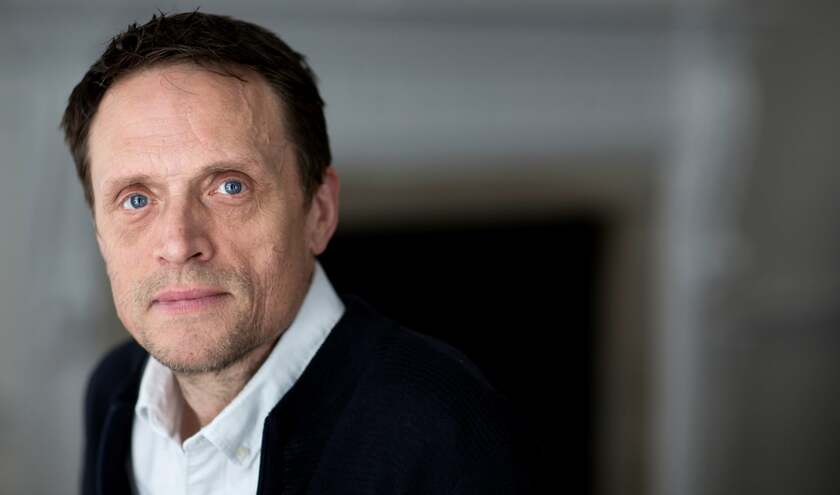On the face of it there are few reasons to want to emulate the Northern Irish health and care system. In Belfast at our recent NHS Confederation North Ireland (NICON) conference, Mike Nesbitt, minister for health in Northern Ireland, was celebrating a reduction in elective waits of over four years.
Although health and care are integrated in the five Northern Irish trusts, the sixth being the ambulance service, there hasn't been much sign of this driving improvement or reducing bottlenecks.
The political settlement in Northern Ireland involves different parties holding ministerial portfolios, which makes it harder to achieve coherence across Government. The system has successfully cut spending this year but needs a substantial bail out to deal with the deficit created by NHS pay increases.
Yet the mood among delegates at NICON was remarkably buoyant. There was a palpable sense of both unity and ambition. Given how things feel this side of the Irish Sea, is there anything we might draw from this for how to reset things in England?
First, and to an extent this is a function of the province's size, the conference brought together a very broad and balanced alliance; health and care leaders, clinicians from all sectors including primary, local government, voluntary and community groups, policy makers across government and advisors were all present and vocal. Each group seemed genuinely interested in agendas that might have belonged to others, with clinical leaders as vocal in a session on ‘public as partners', as community representatives in a session on clinical variation.
This is very different to England where conversations are narrower and tensions between different interests closer to the surface.
Second, the NI Department of Health's ‘reset' plan seeks to balance the imperatives of recovery (targets, performance, financial discipline) with those of transformative reform, particularly maximising the benefits of digital health and care and focussing on neighbourhood health.
Thirdly, the scale of Northern Ireland and the strength of relationships mean it is easier to see the links between different bits of policy and practice both in health and care and beyond. One of the favourite phrases of the new permanent secretary for health, Mike Farrar (a predecessor of mine as NHS Confederation chief executive) is ‘health is a horizontal budget not a vertical one'.
It is an irony that mission government seems more possible in an administration divided by power-sharing than in one-party Whitehall. For example, the province's approach to neighbourhoods is explicitly whole public service and community embedded. In contrast, the departure of Sir John Oldham from DHSC could be seen as a triumph for those who want neighbourhood health in England to be largely an NHS construct.
Finally, and again contrasting with the hierarchical nature of NHSE leadership, Mike Farrar has championed bringing together the NI trusts (all six have now formed a committee in common) as part of a genuinely collegiate approach to policy design and implementation.
Back in England, winter looms with the colder winds carrying anxiety and some confusion. Arguably the most incisive and challenging assessment of the Government's 10-Year Health Plan for health was Dazed and confused? Policy ideas behind the 10-Year Health Plan published by The Health Foundation. But the questions and contradictions it raised back in July remain. To take one small but symbolic example, why are Integrated Health Organisations called ‘organisations' at all, with the attendant danger that they look like an acute power grab, when they are surely contracts which will rely on co-design and delivery by all system partners?
Beyond this there is now a growing (although largely silent) acceptance at the centre that the 50% cuts in NHSE and ICBs announced last March after minimal preparation have proven to be counterproductive as well as demoralising.
In the face of these and other difficulties, a great deal now rests on the NHSE medium term planning framework due to be published shortly. This has emerged from the 10-Year Plan delivery process conducted with service leaders over the summer. I am told the plan will seek to do four vital things:
- close the gap between recovery and reform
- provide a clearer roadmap for the next 3-5 years, albeit relying on a slew of other plans yet to be published
- make it easier to understand how different parts of the 10-Year Plan's operating model fit together
- promise ‘archetypes' (NHSE's new favourite buzz word) of how key concepts like neighbourhoods and IHOs will look in practice.
The Northern Ireland ‘reset' has acted as a shot in the arm for its service and stakeholders, let's hope the same is true of NHSE's latest plan.



